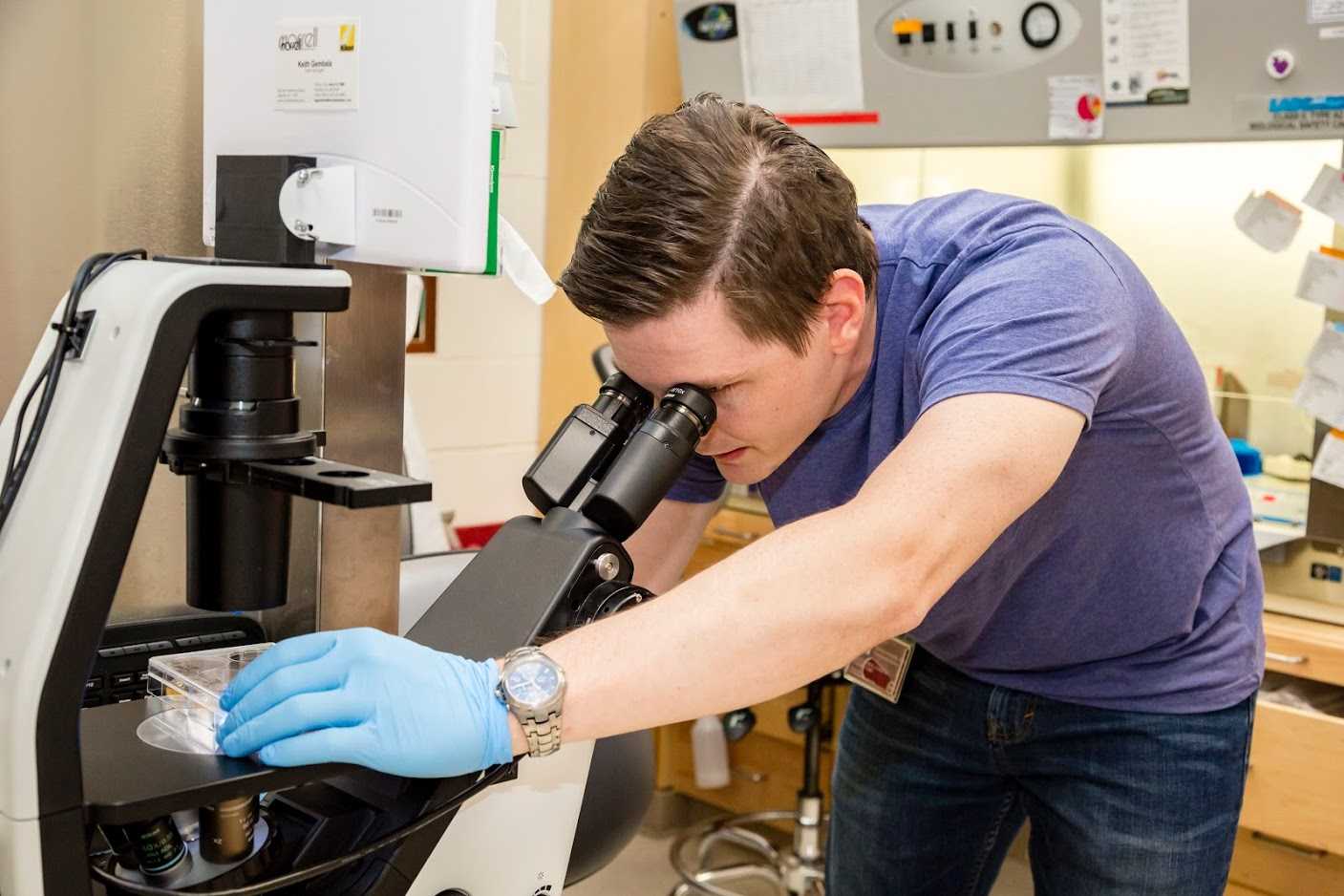New Study Shows Promising Results in the Development of More Effective Blood Test to Detect Pancreatic Cancer
Topic: Announcement, Hide on Homepage, Press Releases

Lustgarten Foundation Funded Research Detects 64% of pancreatic cancers with 99.5% accuracy
WOODBURY, NY – A study published the week of September 4th in Proceedings of the National Academy of Science shows how combining mutations in circulating tumor DNA (ctDNA) with protein markers can result in a screening test with improved sensitivity (64% of early stage patients detected) while retaining very high specificity or accuracy (99.5% or less than 1% false positive). The combination of ctDNA and protein markers was superior to any single marker alone. This work was funded in part by the Lustgarten Foundation which is the largest private funder of pancreatic cancer research.
“Our study demonstrates that the many patients with resectable pancreatic cancers can be detected through a non-invasive blood test,” said Anne Marie Lennon, M.D., Ph.D., Associate Professor of Medicine, Director, Pancreatic Cyst Center of the Ludwig Center at the Johns Hopkins Kimmel Cancer Center. “Our goal is to develop a test that will be used in healthy, asymptomatic individuals.”
The major conclusions of this study were that assays for genetic alterations can be combined with assays for elevated proteins to increase the sensitivity of a blood test for early stage pancreatic cancers while achieving very high specificity. This is important in order to keep the number of false positive results as low as possible.
The earlier diagnosis of cancer is one of the keys to reducing cancer deaths in the future. The poor prognosis of patients with pancreatic cancer is in large part due to the fact that 80 to 85 percent of patients are diagnosed with advanced stage disease and cannot have surgery.
“At the Lustgarten Foundation, funding earlier detection research is a top priority,” said Kerri Kaplan, President and CEO of the Foundation. “We need to develop an effective screening test so that more patients can have surgery and ultimately, better outcomes.”

